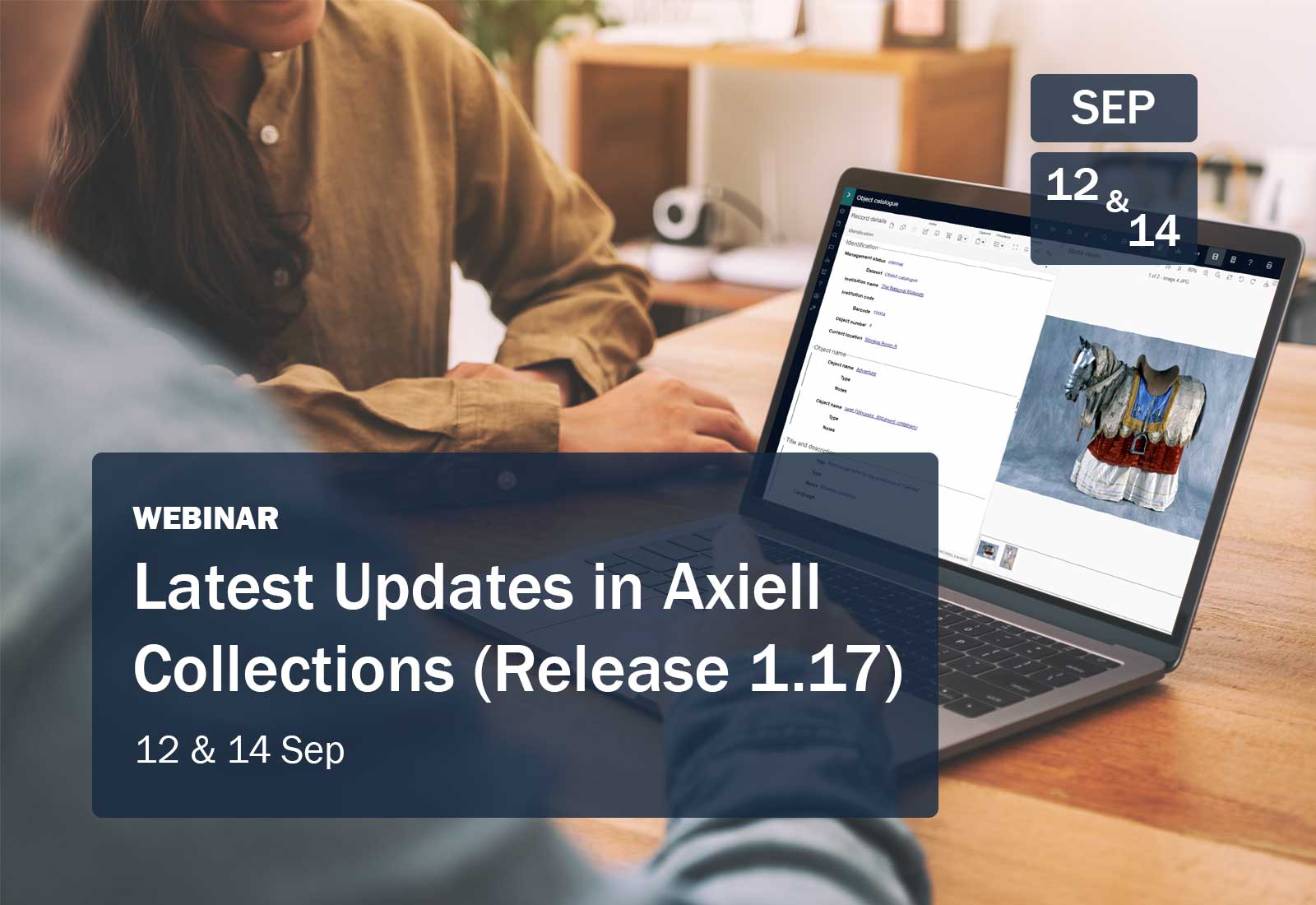In his famous TED Talk, Simon Sinek advocates the idea that everything should “Start With Why”. The answer to that question should be at the core of a leader’s actions. I captured in previous posts the connections between digitisation and culture and the benefits that digitisation offers both for the institution and the audience, but I am going to dedicate this post to providing specific reasons why an analogue collection should be digitised.
Risk management
Before digitisation, there were tables and spreadsheets. Before that, there were hand-written registrars. These techniques survived for a long time because they were the only ones available. While management teams were creative enough to work with what was available, let’s consider the risks and complications that these methods involve:
- Paper-based methodologies are exposed to risks such as deterioration over time or accidents. Usually, access belongs to only one person or a few people who have written the document.
- Spreadsheets, while an evolution from the paper-based model, can lead to errors. Several members of the team have different versions of the document and sometimes fail to reach a final version because information is lost throughout the process of putting the table together.
The digital format allows several members of the team or entire departments to access the database and make changes or updates. Back-ups are created in case mistakes are made so that information cannot be lost. Through digitisation, an exhibit can be presented through text and image and several categories of information can be attached to it.
Ownership
Preference for the paper-based or spreadsheet models is based on the illusion that only one person manages information, a person whose responsibility is clear. Digitisation seems to be diffusing that responsibility, but actually doesn’t. It may allow several contributions to a specific entry, but digitisation acknowledges, more than ever, the expertise as the work of one or a couple of people which is now visible to the entire organisation. Digital format also takes away the minutiae of the administrative work of registrars and curators, allowing them to increase their scope of activities.
Optimisation of operations
The openness that digitisation leads to supports the entire organisation. The information is not flat, it expands and it allows departments to see the bigger picture, make connections and even reorganise the collection to provide a better experience.
Why is the digital version of the object needed? Because the digital versions of objects do not reduce their value, they increase it, which can lead to a better appreciation and understanding of the exhibits and a stronger legacy for the institutions and audiences.




